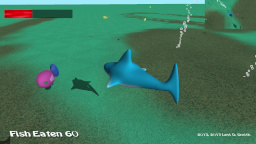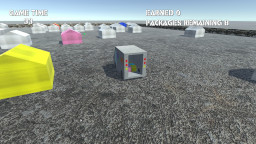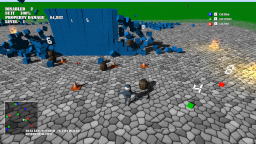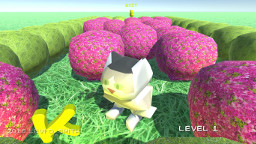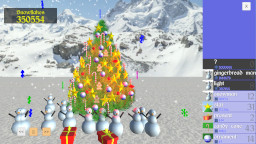http://www.youtube.com/watch?v=6AXjbSZAU5I
Demonstration of all sockets thus far, now in HD!
Tonight I updated the ice gun socket, so it now has three levels of magnitude. Ice +1 will freeze an enemy for 2 seconds, Ice +2 will freeze an enemy for 4 seconds, and Ice +3 will freeze an enemy for 6 seconds. I’m thinking about expanding the types of Ice sockets. I could have a Chill socket that just slows the enemy. Also, I could have a separate Freeze socket which will allow the player to stand on the enemy without being damaged.
The fire gun socket is a new ability I added tonight. The idea behind the fire gun is to apply burn damage over a period of time. In order to do this, I had to scrap the two gun system of shooting ones and zeros. That’s because the burn damage needs to just be a fraction of the actual weapon damage. The damage over time concept does not work with the one and zero gun concept. Overall, I felt that most players wouldn’t understand the binary blasting mechanic, and it was going to be problematic to correlate the binary sequence to decimal numbers in the game. I may end up making the binary blasting concept a bonus mini-game.
The Fire +1 socket will burn the enemy for 5 damage each second for 3 seconds. The Fire +2 socket does the same except for 6 total seconds, and Fire +3 will last for 9 seconds. Currently, if an enemy is burning then it is just shaded red.
I also added Long +1, Long +2, and Long +3 sockets which increase the shot distance. To implement this, I had to add a variable that keeps track of the distance modifier to the projectile Pellet class. The base lifetime for a pellet is 20 frames, and for each increase in Long magnitude, 5 frames are added to the base lifetime value. After I get multi-sockets working, I plan on allowing the Long socket to work with the Ice and Fire sockets. However, I don’t know if I will allow Ice and Fire to be active at the same time.

